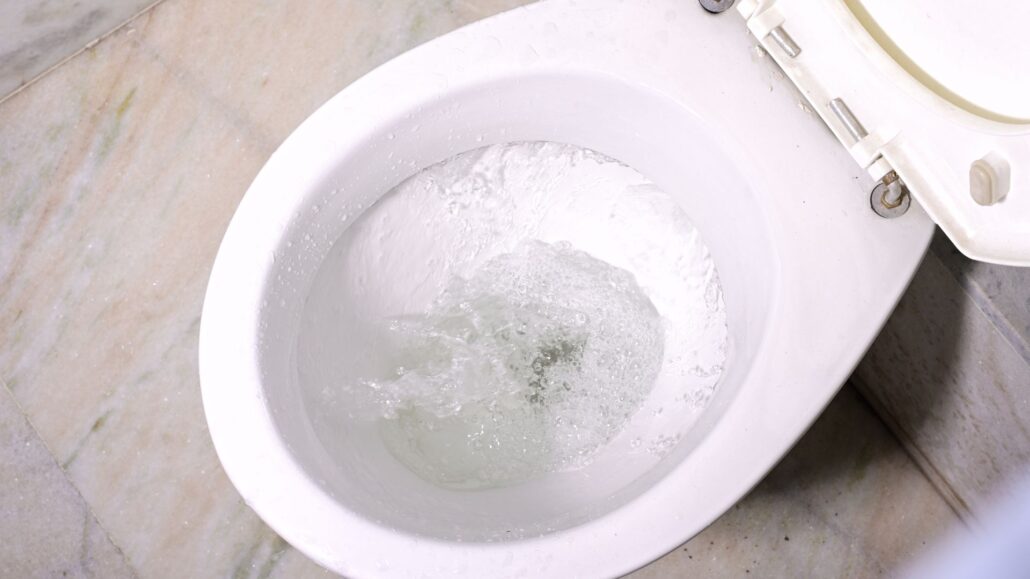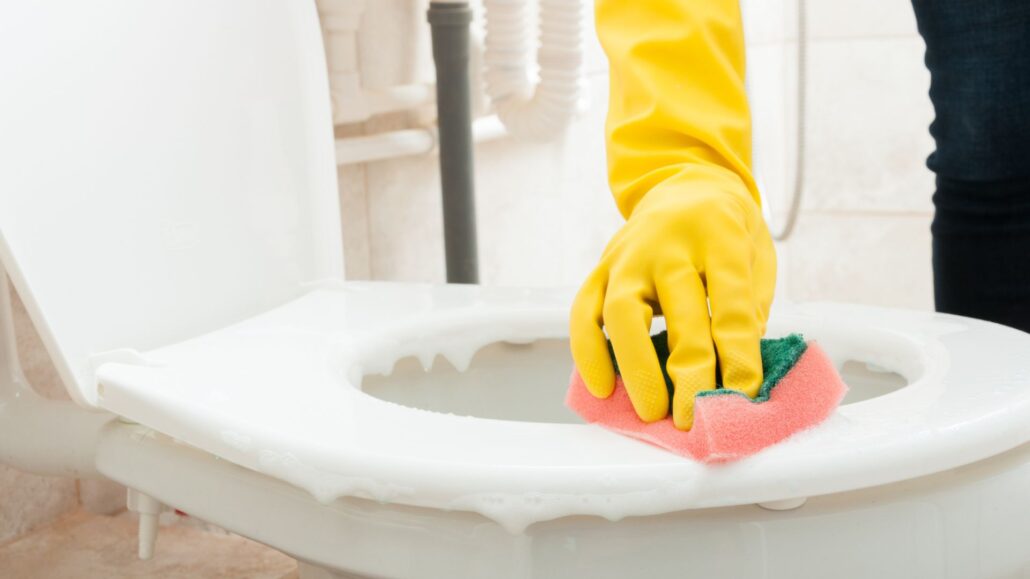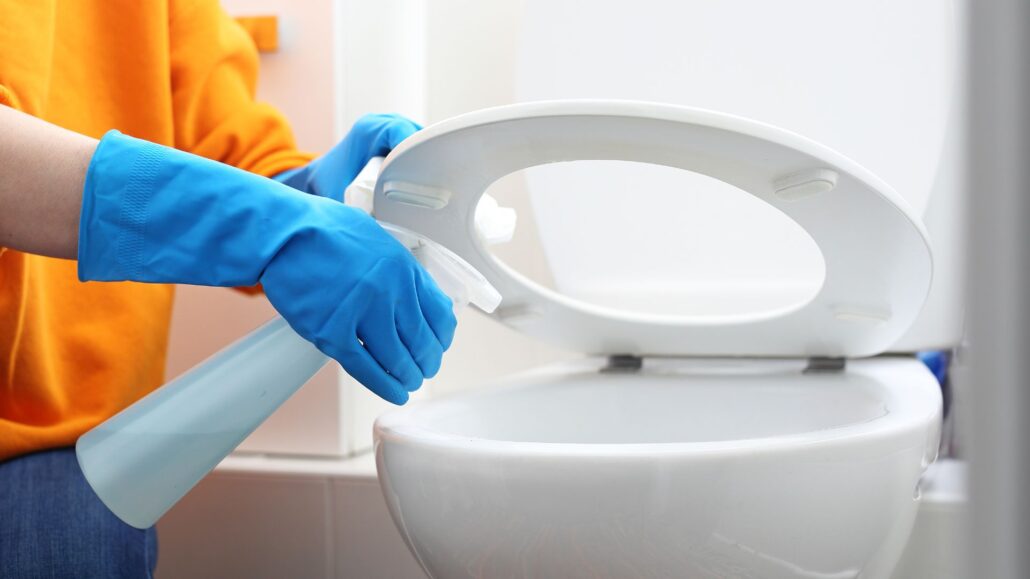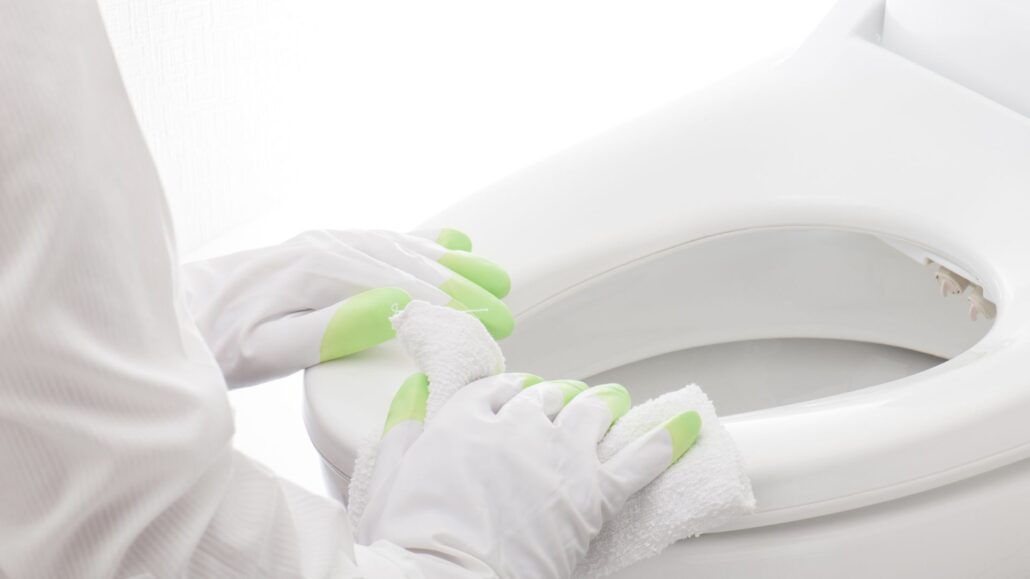A blocked toilet is more than an inconvenience; it’s a threat to hygiene, transforming a bathroom into a haven for bacteria and germs. Such blockages disrupt the daily flow of life and can expose you to health hazards through the spread of germs. Regular toilet maintenance is crucial to prevent these issues. It involves a toilet brush or the use of a plunger and a vigilant eye on everything from the toilet bowl to the tank.
Creating a toilet maintenance schedule is imperative for good hygiene. It’s about making routine efforts—like using the right toilet cleaner, keeping the seat sanitised with disinfectant wipes, and ensuring the water level is correct—to maintain a clean and functioning toilet. This routine helps to avoid the unpleasant surprises of blockages, ensuring that each flush effectively washes away waste and keeps the bowl pristine.
In this guide, we’ll outline the steps to establish a maintenance routine that keeps your toilet in prime condition, saving you from the potential perils of a dirty toilet and the resulting blockages. Let’s dive into the best practices for toilet upkeep.
The Main Causes of Toilet Blockages

Toilet blockages can stem from several common missteps in usage and maintenance. One prevalent cause is the flushing of inappropriate items down the toilet. Items such as wipes, feminine hygiene products, and even excessive toilet paper can form clogs that are impervious to a toilet brush’s bristles. These materials don’t disintegrate easily and instead accumulate, obstructing the flow of water and waste.
Hard water contributes its share of problems by depositing minerals in the toilet bowl and tank, leading to build-up that narrows the effective diameter of the pipes. Over time, this can result in stubborn stains in the toilet bowl that are resistant to standard toilet bowl cleaner and, more alarmingly, a reduced flush efficiency that sets the stage for blockages.
The plumbing system as a whole suffers when blockages occur. The pressure can cause leaks in weaker sections of the system or force water back up, leading to unsanitary conditions and potential water damage.
Warning signs of a developing blockage include water rising unusually high in the toilet bowl during a flush or draining slowly afterwards. Gurgling sounds from the plumbing or bad odours emanating from the toilet bowl can also indicate a clog is forming. These signs are crucial for maintaining toilet hygiene and preventing a full-blown plumbing crisis. Regular toilet cleaning is vital for hygiene, keeping the waterway clear, and ensuring every flush contributes to the prevention of clogs.
How to Maintain Your Toilet

Maintaining a clean and functional toilet is essential for household hygiene and comfort. Regular maintenance keeps the toilet looking and smelling fresh and prevents plumbing problems down the line. Here’s a step-by-step guide to keep your toilet in tip-top shape.
Daily and Weekly Cleaning Recommendations
Daily Basics:
Each day, quick wipes with a disinfectant can maintain toilet hygiene, especially on the seat and lid, which are in direct contact with hands and can harbour harmful germs. Spritz a cleaning solution on the toilet seat and lid using a spray bottle, then wipe them down with paper towels or a clean cloth. This simple act can prevent the spread of bacteria.
Weekly Scrub-Down:
At least once a week, don a pair of rubber gloves and grab your trusty toilet brush for a more thorough cleaning. Apply a generous amount of toilet bowl cleaner under the rim and let it sit for a few minutes to dissolve dirt and kill bacteria. Then, scrub the bowl, focusing on any hard water buildup or stains. Flush to rinse away the grime and clean.
For the exterior, use a sponge or cloth with a multi-purpose cleaner to wipe the tank, handle, and base. Lastly, clean the surrounding floor to keep the area stain-free and sanitary.
Monthly Checks for Leaks and Sounds
Spotting Trouble:
Monthly, inspect the toilet for leaks by checking the base and the toilet tank. Look for any signs of water on the floor or the sound of running toilet water, which could indicate a slow leak. Listen for unusual noises after flushing, as this could be a sign of a malfunction within the tank.
Quarterly Deep-Cleaning Procedures
Deep Clean:
Every three months, it’s time to deep-clean. This involves a more intensive scrub of the entire toilet, focusing on often neglected areas. Use a cleaning solution to disinfect the entire toilet, including hard-to-reach areas like the hinges of the toilet seat lid. An old toothbrush can be useful for scrubbing these tight spots.
Correct Cleaning Products and Tools

Choose Wisely
Correct cleaning products and tools are vital to avoid damaging the toilet’s components. Avoid harsh chemicals that can erode the surfaces or damage the plumbing. Natural cleaners like baking soda and hydrogen peroxide can be effective and safer alternatives. Always follow the manufacturer’s instructions for any cleaning product.
What Not to Flush
Preventing Clogs:
Never flush anything other than toilet paper and human waste to prevent blockages. Items like wet wipes, even those labelled flushable, should be disposed of in the trash, along with other products such as cotton swabs and sanitary products.
Keeping the Surrounding Area Clean
Clutter-Free Zone:
Keep the area around the toilet free from clutter. This makes cleaning easier and reduces the chances of items accidentally falling into the bowl and causing a blockage. Maintaining a clean bathroom environment also deters the growth of bacteria and other nasty germs, contributing to a healthier home.
Creating a Toilet Maintenance Schedule

Organising a toilet maintenance schedule can streamline your cleaning routine and ensure the longevity of your toilets. Here’s a simple guide to creating a personalised checklist:
Daily Tasks:
- Quickly wipe toilet seats with disinfectant to prevent spreading germs.
- Clean the toilet bowl with a brush to keep it free from disease-causing bacteria.
Weekly Tasks:
- Thoroughly clean toilets with appropriate toilet cleaners, including under the rim and the lid.
- Inspect for any signs of leaks or malfunctions.
Monthly Tasks:
- Deep clean around the base and behind the toilet where dirt can accumulate.
- Use a mild dish soap solution to wipe down the exterior surfaces, including the flush handle.
Quarterly Tasks:
- Check the flushing mechanism inside the toilet tank. Inspect the flapper valve for any signs of wear or cracks, as a faulty flapper can lead to water wastage and potential clogs.
- Do a comprehensive scrub of the toilet bowls to address any hard water stains or buildup.
Tracking Maintenance:
Set calendar reminders or keep a maintenance log to track when you clean regularly. This ensures tasks aren’t overlooked and helps you remember when it’s time for more in-depth cleaning.
Take the Plunge with Proactive Care
Regular maintenance is the golden rule to keep toilet troubles at bay. By following the outlined schedule, you can easily clean a toilet, ensuring public and private restrooms provide an ideal environment.
However, don’t hesitate to call in the professionals when the situation escalates beyond a simple scrub. Recognise when a problem with your toilet’s drain or surface requires expert hands rather than risking further damage by going it alone.
Stay proactive in your toilet maintenance, and never let the bad news of a malfunction catch you off-guard. Regular cleaning is your first line of defence, creating a sanitary space for anyone using a toilet in your care. But when DIY solutions and your trusty spray bottle aren’t up to the task—whether it’s a tricky clog or a leak that won’t quit—it’s time to call The Brisbane Plumbers.
Rinse away your worries and let the professionals handle the dirty work while you sit back and relax. Reach out to The Brisbane Plumbers for any plumbing needs, schedule regular maintenance checks, or get advice on keeping your toilets in tip-top shape. Contact us and let’s ensure your toilets remain a throne to be proud of. Remember, after the job’s done, always wash and dry hands thoroughly, maintaining the highest standard of hygiene in public spaces and homes alike.
